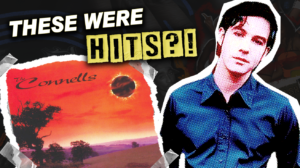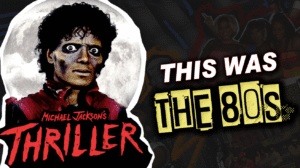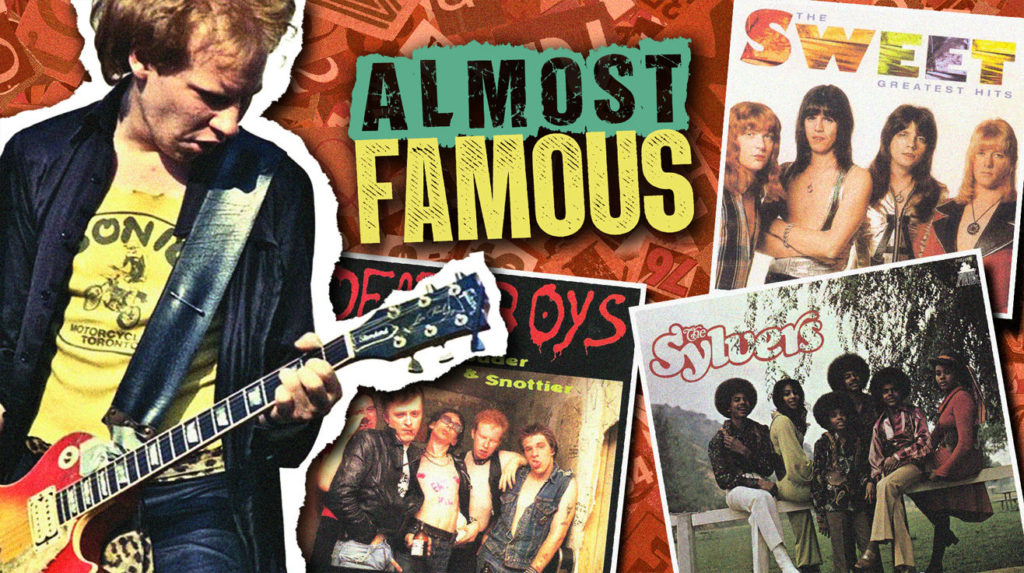
The seventies music scene thrived on rebellion and raw creativity that mainstream radio couldn’t contain. While classic rock stations still spin the same ten bands, a treasure trove of innovative artists got buried under corporate playlists and industry politics. These eighteen acts pushed boundaries, crafted unforgettable hooks, and influenced generations of musicians who came after them. Their stories reveal the decade’s true creative spirit — messy, ambitious, and utterly fearless.
18. April Wine
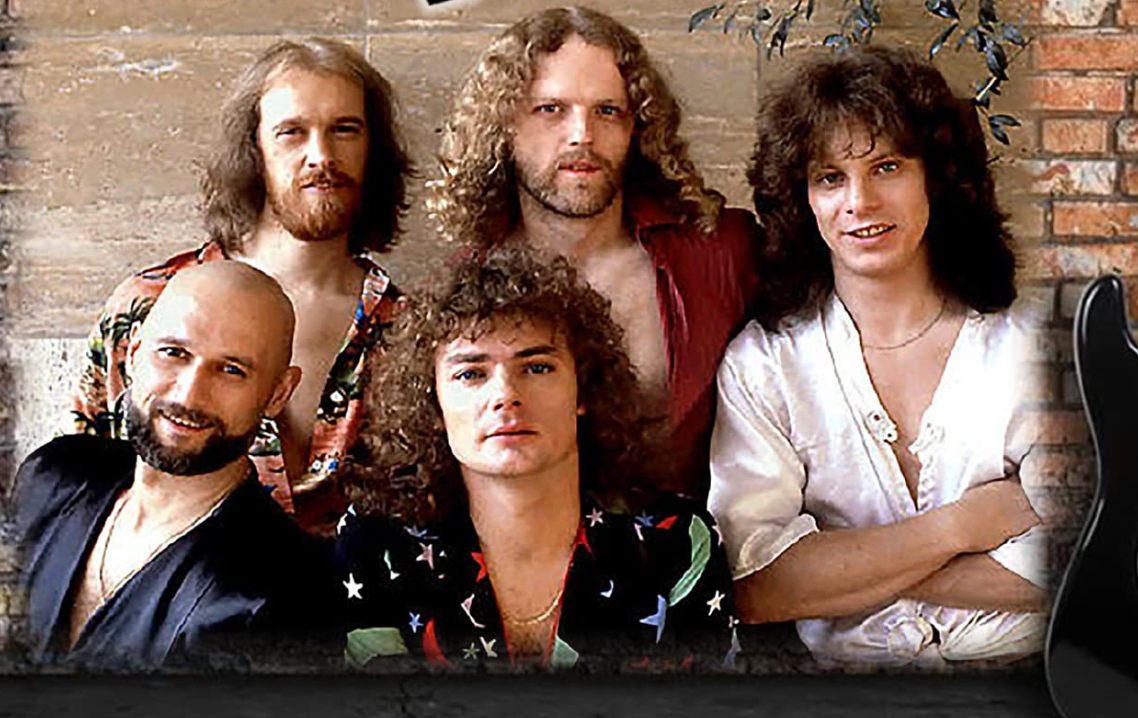
Canadian rock rarely gets the respect it deserves, and April Wine proves exactly why that’s criminal. Myles Goodwyn‘s voice cut through arena-sized crowds like a hot knife through butter, while his guitar work balanced technical prowess with street-smart melody. Their 1978 masterpiece “First Glance” delivered hard rock anthems that could soundtrack both late-night drives and stadium singalongs.
“Just Between You and Me” became their biggest hit in 1981, reaching across borders to prove that great rock transcends geography. North American radio embraced their blend of heavy riffs and accessible choruses, creating a template that influenced countless bands who followed.
17. Badfinger
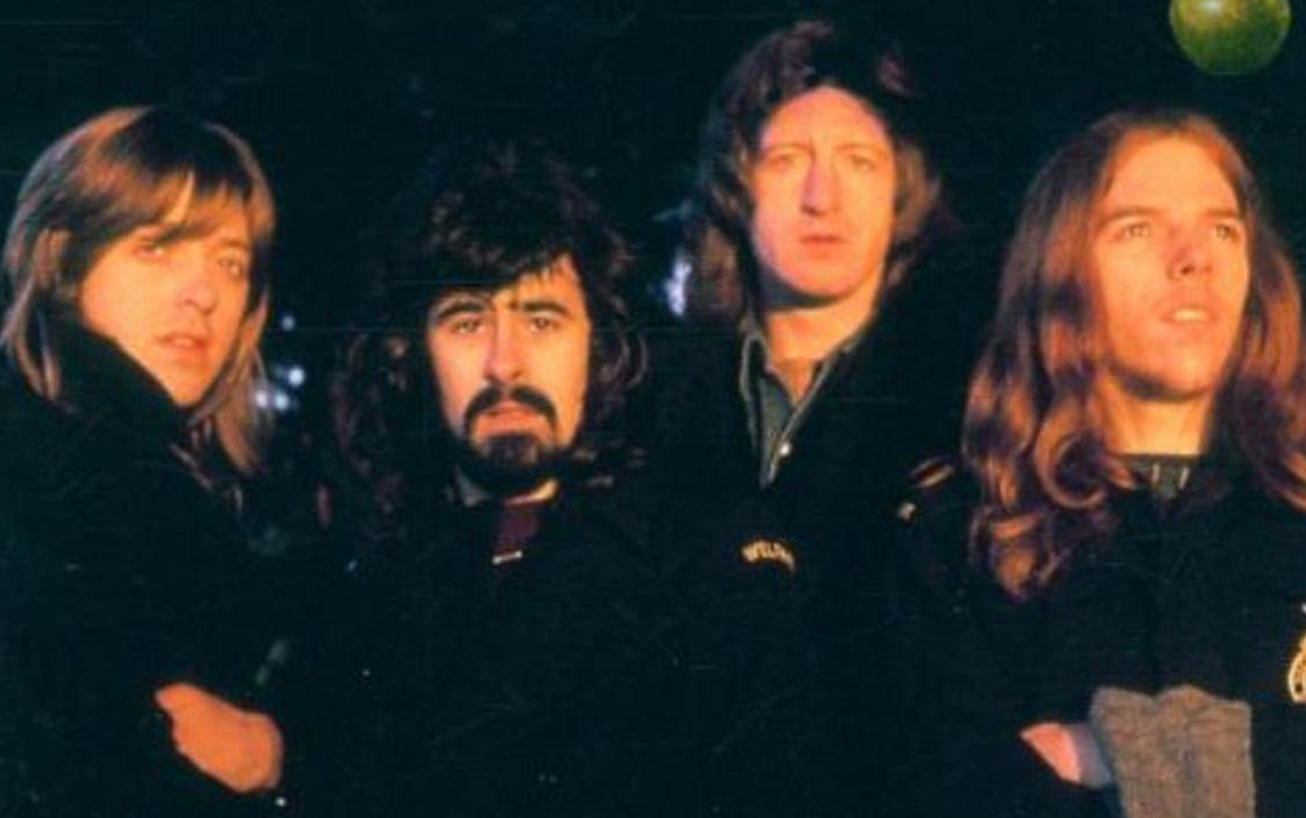
Apple Records discovered pure gold when they signed this Welsh quartet, then watched tragedy destroy everything beautiful about their music. Pete Ham‘s songwriting genius produced “Day After Day” and “Baby Blue” — tracks that still sound impossibly fresh decades later. Their harmonies rivaled The Beatles, their melodies stuck in your head for weeks, and their potential seemed limitless…. Corporate greed and legal battles crushed dreams that should have soared. Ham’s suicide in 1975, followed by Tom Evans in 1983, remains one of music’s most heartbreaking stories. Their songs endure as monuments to talent destroyed by industry vultures. For more, see Badfinger’s troubled history.
16. Blue Oyster Cult

“Don’t Fear the Reaper” barely scratches the surface of what these Long Island mystics accomplished. Buck Dharma‘s guitar solos on “Burnin’ for You” demonstrate technical mastery wrapped in accessible hooks, while “Godzilla” proves that heavy metal and pop sensibility can coexist beautifully. Their lyrics explored science fiction, occult mysteries, and mythological themes with intelligence that respected listeners’ curiosity. For more, see Blue Öyster Cult’s influence.
Metallica, among others, cite Blue Öyster Cult as foundational influences, a fact supported by Blue Öyster Cult’s legacy and influence. As James Hetfield told Rolling Stone in 2013: “Blue Öyster Cult showed us that metal could be both heavy and smart.” Their songwriting established templates for progressive metal that bands still follow today. Every riff carried narrative weight that elevated simple chord progressions into epic journeys.
15. The Sweet
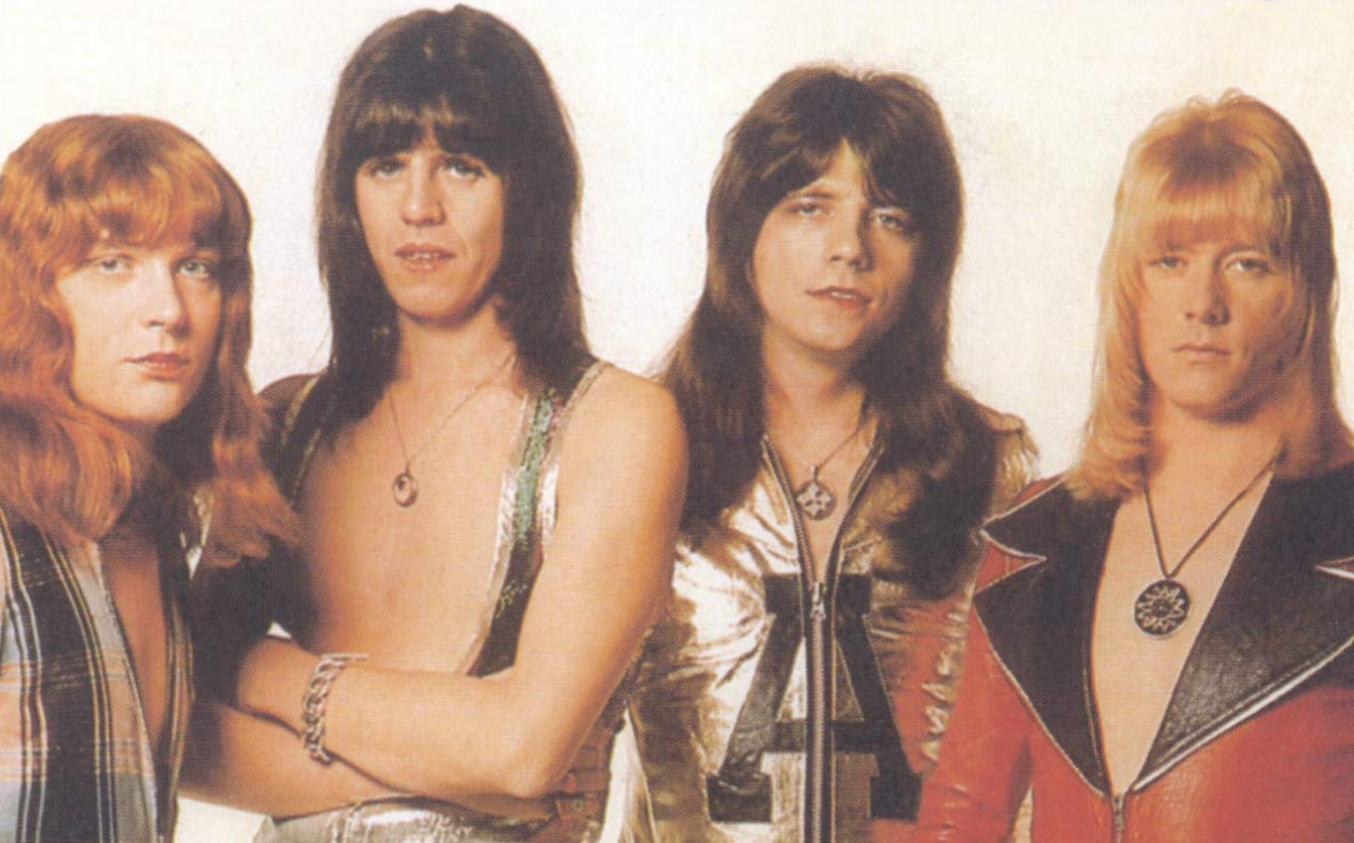
Glam rock’s unsung architects delivered stadium-sized anthems disguised as bubblegum pop. “Ballroom Blitz” remains an absolute banger that transforms any gathering into a full-scale celebration, while “Fox on the Run” showcases vocal harmonies that would make Queen jealous. Their evolution from sweet melodies to hard rock crunch happened gradually, keeping fans engaged throughout their creative journey.
Duran Duran and Guns N’ Roses borrowed heavily from The Sweet’s theatrical approach to rock performance. “Love Is Like Oxygen” demonstrated their ability to craft both radio-friendly hits and album-deep explorations that rewarded repeated listening.
14. UFO
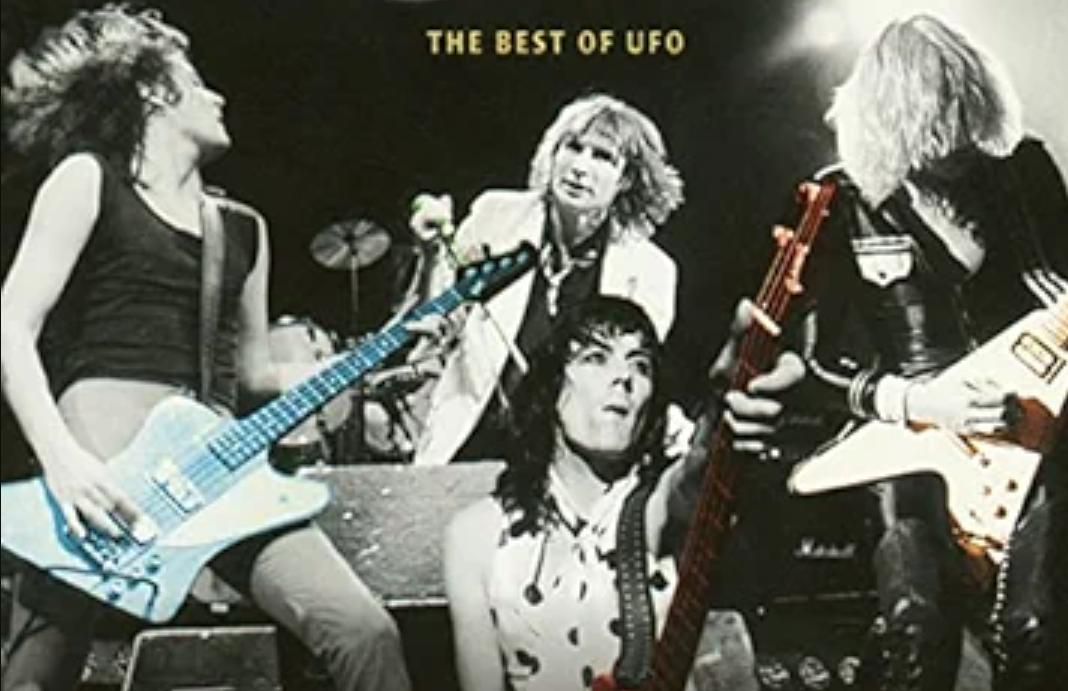
Michael Schenker‘s guitar tone could melt concrete while Phil Mogg’s vocals delivered lyrics with just enough grit to keep things interesting. “Doctor Doctor” stands as one of hard rock’s essential anthems, showcasing the band’s ability to balance technical virtuosity with emotional impact. Their 1979 live album “Strangers in the Night” captures lightning in a bottle — raw energy that translates perfectly through speakers.
Musicians across genres acknowledge UFO’s influence on modern metal. Their catalog provided blueprints for countless bands who learned that melody and heaviness strengthen each other when properly balanced.
13. Hawkwind
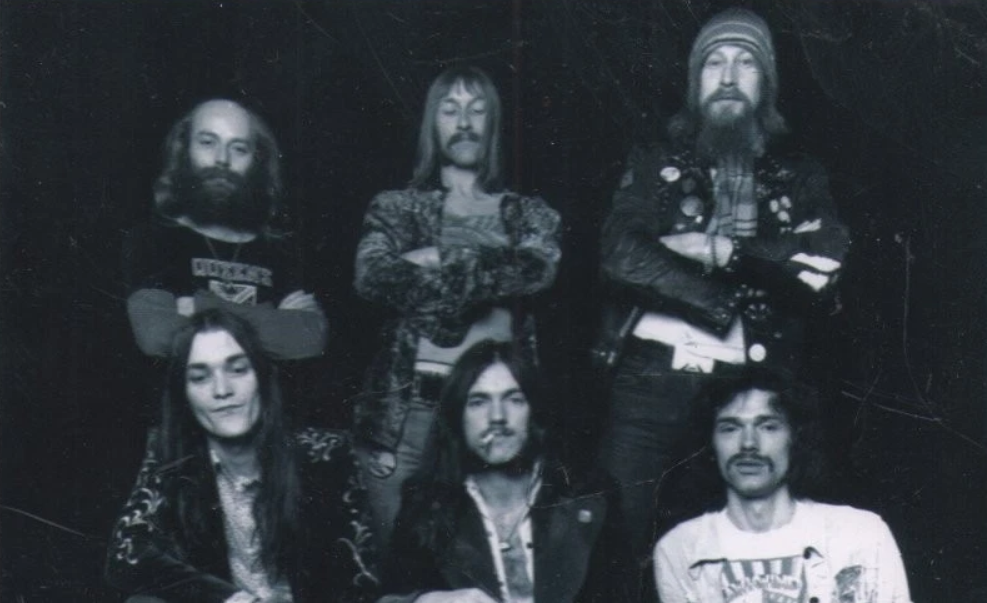
Nine siblings from Watts created harmonies that most professional groups spend years trying to achieve. “Boogie Fever” hit the Billboard Hot 100 in 1976, showcasing their ability to craft irresistible dance tracks that maintained family-friendly appeal without sacrificing groove. Managing that many personalities required organizational skills that would challenge any record label. Their chart-topping “Boogie Fever” marked a high point in 1976.
Their eight albums between 1972 and 1979 documented a family navigating success together. The Sylvers proved that blood harmonies carry emotional weight that can’t be replicated through studio magic or vocal coaching.
12. The Guess Who
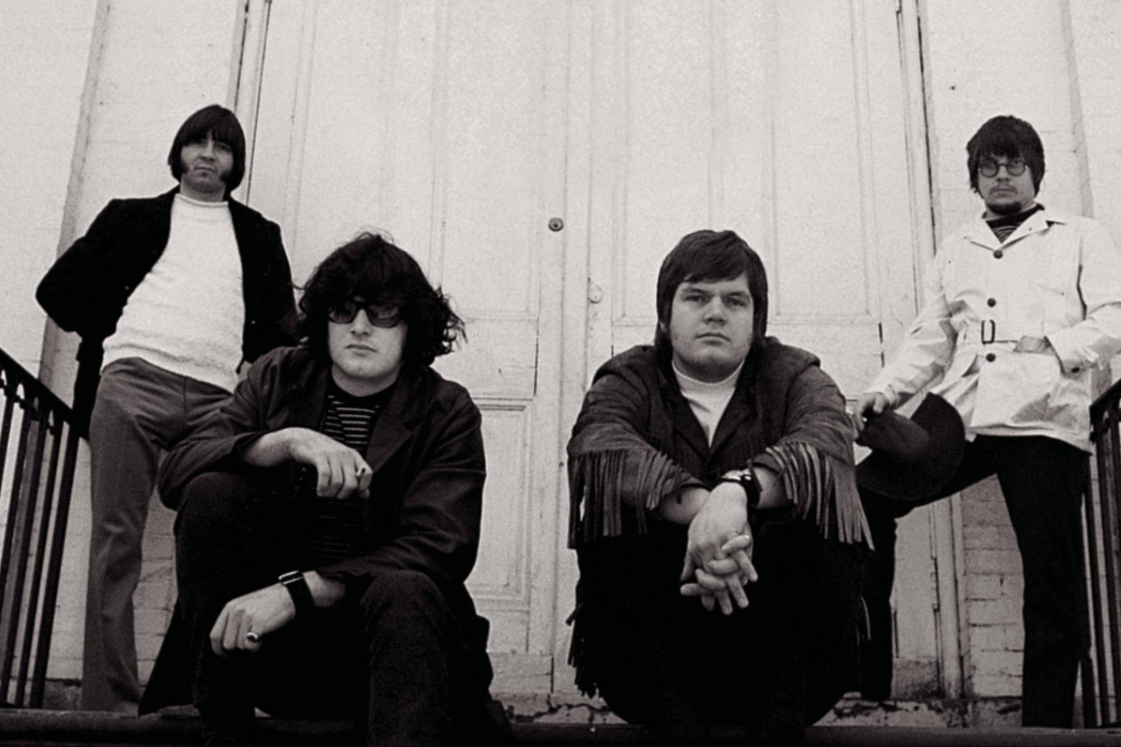
Burton Cummings possessed one of rock’s most distinctive voices, capable of delivering both tender ballads and driving anthems with equal conviction. “American Woman” became their international breakthrough, but tracks like “No Time” and “These Eyes” revealed songwriting depth that went far beyond radio-friendly hooks. Randy Bachman‘s guitar work provided the perfect foundation for Cummings’ vocal acrobatics.
Their influence on Canadian rock cannot be overstated. Nine studio albums during the seventies established them as genuine superstars north of the border, while their American success proved that great music transcends national boundaries.
11. Little Feat
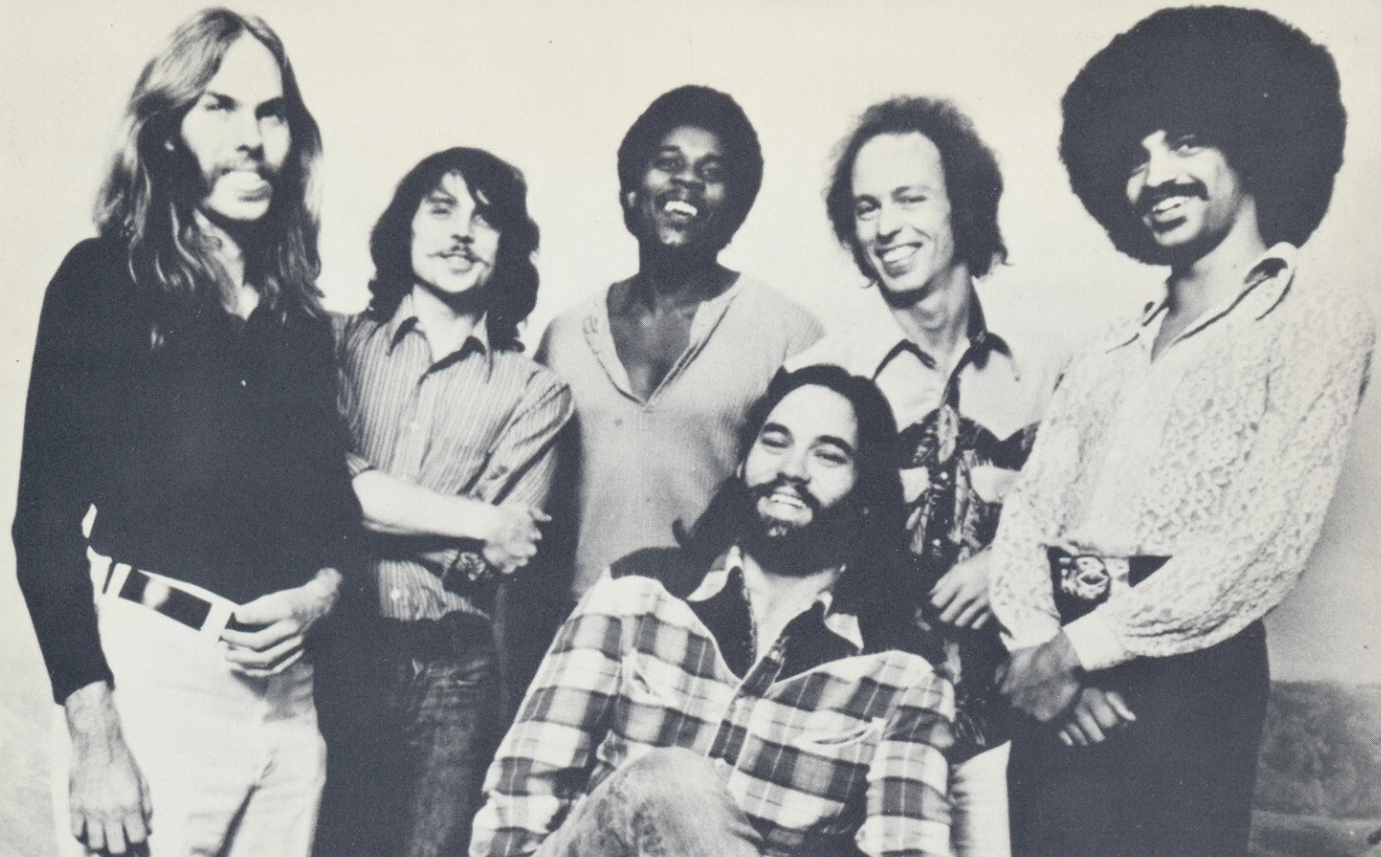
Disco’s sophistication reached its peak when Rose Royce crafted “Car Wash,” a funk masterpiece that dominated charts while maintaining artistic credibility. Their ability to balance disco grooves with ballad sensibilities on tracks like “I Wanna Get Next to You” demonstrated range that few dance acts possessed. Los Angeles soul met dancefloor innovation in their hands. More on their legacy can be found in Rose Royce’s official biography.
Their Top 10 success in both US and UK markets proved that great disco could cross cultural boundaries. Rose Royce’s legacy lives in every modern artist who understands that dance music can carry emotional weight without losing its essential groove.
10. Montrose
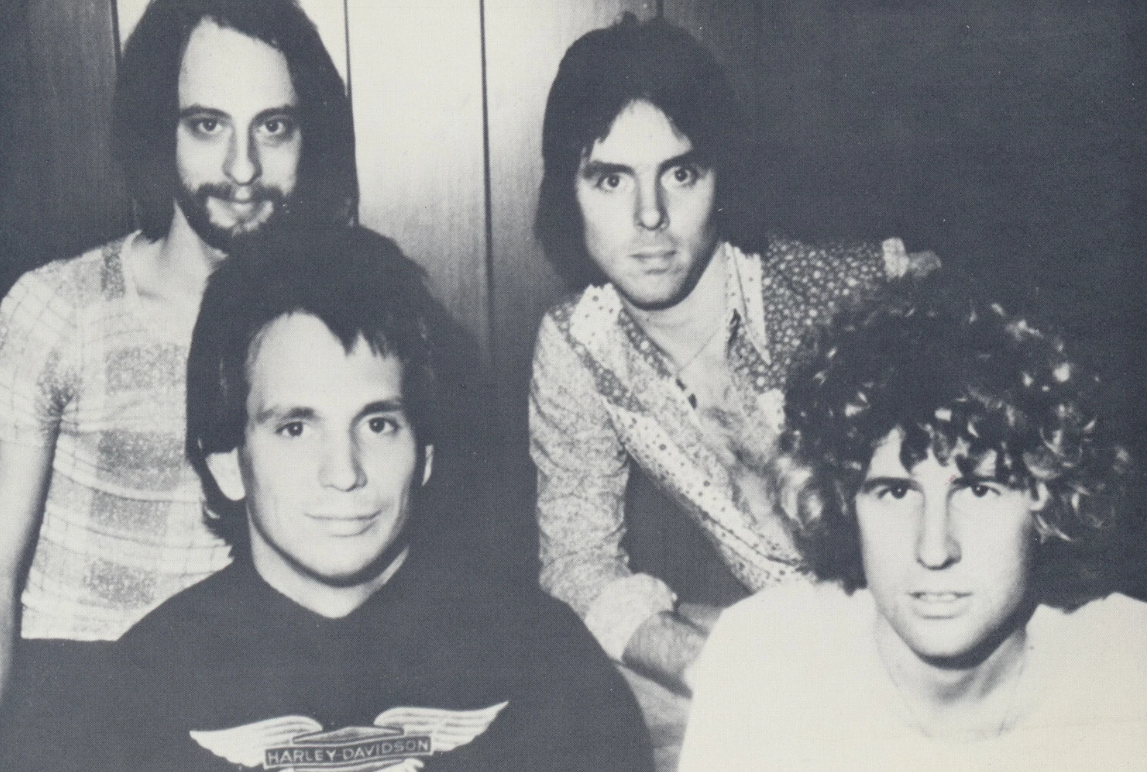
Ronnie Montrose‘s guitar virtuosity introduced the world to a young Sammy Hagar, whose voice would later front Van Halen during their most commercially successful period. Their 1973 debut album crackles with energy that sounds fresh decades later, particularly on tracks like “Rock Candy” and “Bad Motor Scooter.” The rhythm section locked into grooves that let both guitar and vocals soar.
Though their lifespan lasted only three albums, Montrose’s influence rippled through arena rock’s development. Alan Fitzgerald went on to join Night Ranger, while Hagar’s style matured through his Montrose experience into the approach that would define his later career.
9. Nazareth
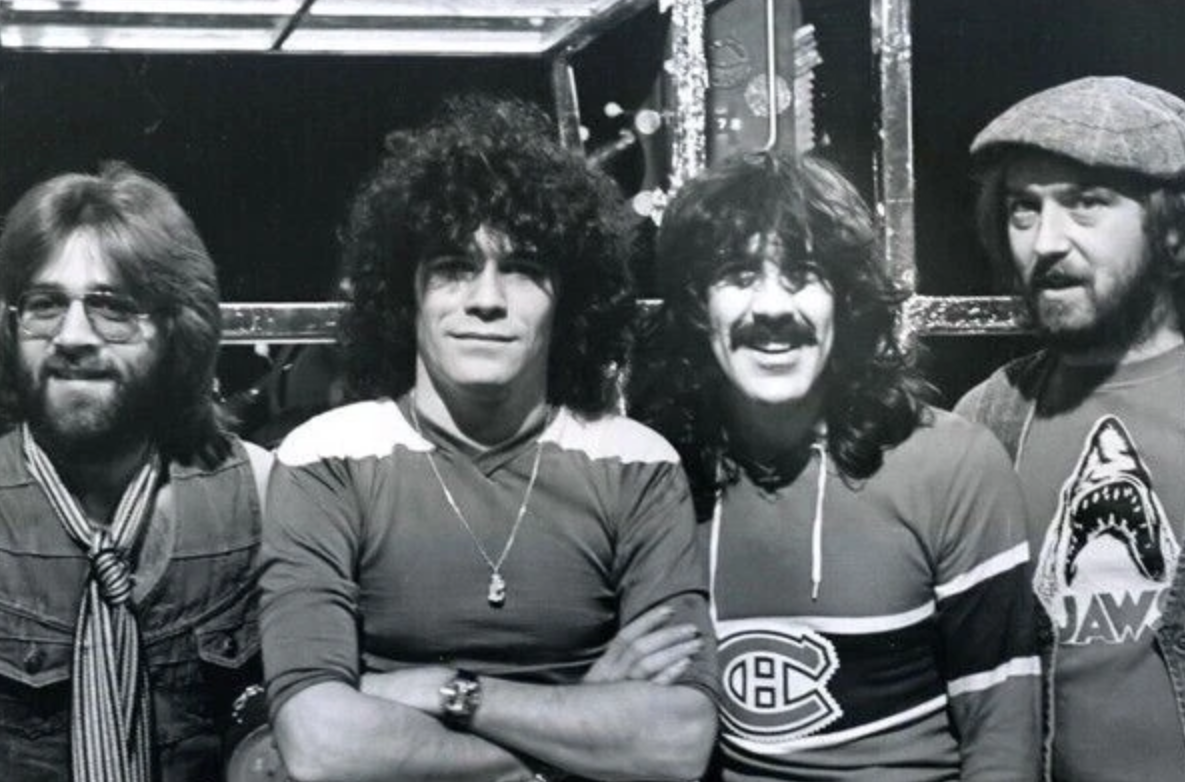
Staying relevant across five decades requires more than luck — it demands unwavering commitment to your artistic vision. Nazareth‘s gritty blues-rock approach never wavered through seven seventies albums that maintained consistent quality without becoming repetitive. “Hair of the Dog” and their cover of “Love Hurts” demonstrated their ability to craft both originals and transformative interpretations.
Their longevity proves that authentic rock and roll finds its audience regardless of changing trends. While other bands chased fashions, Nazareth built a catalog that rewards long-term exploration and repeated listening.
8. Off Broadway
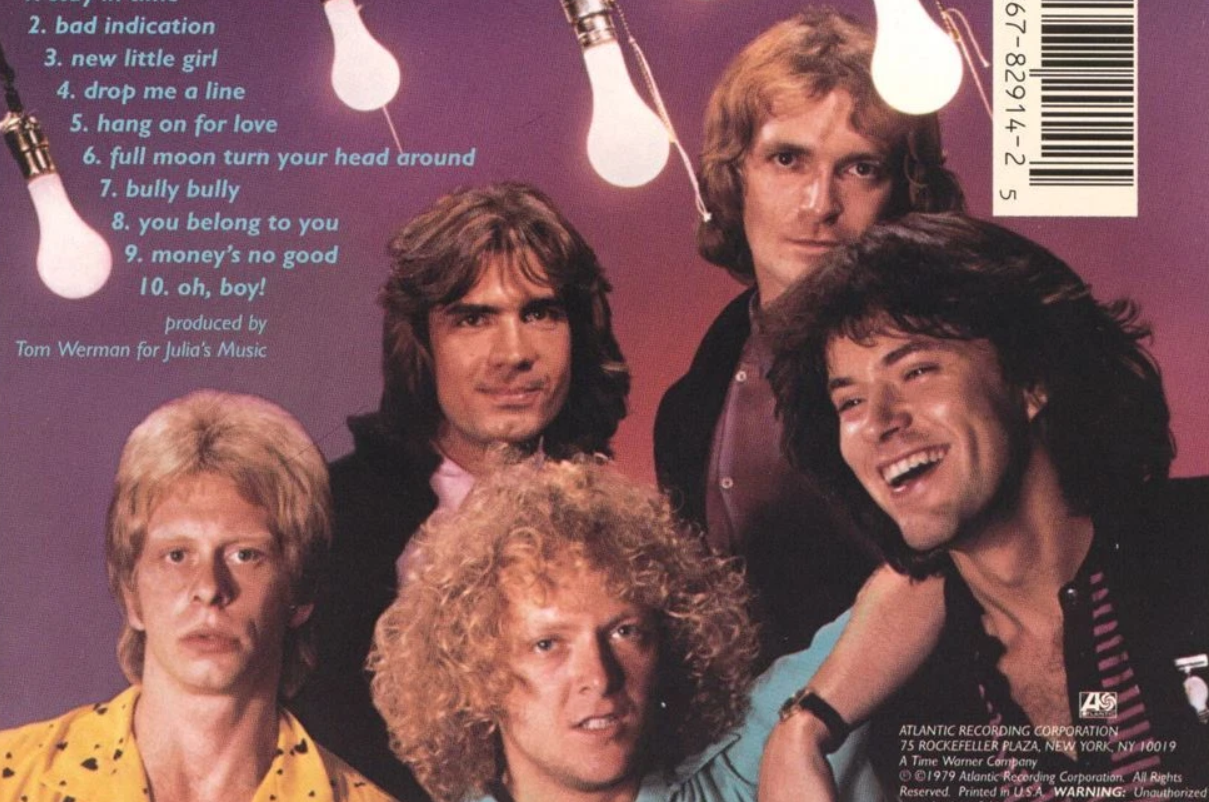
Chicago’s power pop scene produced this criminally underrated quartet whose energy could power entire city blocks. “Stay in Time” cracked the Billboard Hot 100, proving their songwriting chops could compete with major-label acts, while deeper album cuts revealed a band unafraid to experiment within their chosen genre. Their guitar work balanced technical skill with memorable hooks that stuck in listeners’ heads.
“Full Moon Turn My Head Around” showcases their ability to craft radio-ready anthems without sacrificing artistic integrity. Their limited mainstream success makes them essential listening for anyone seeking great music beyond the obvious choices.
7. Poco
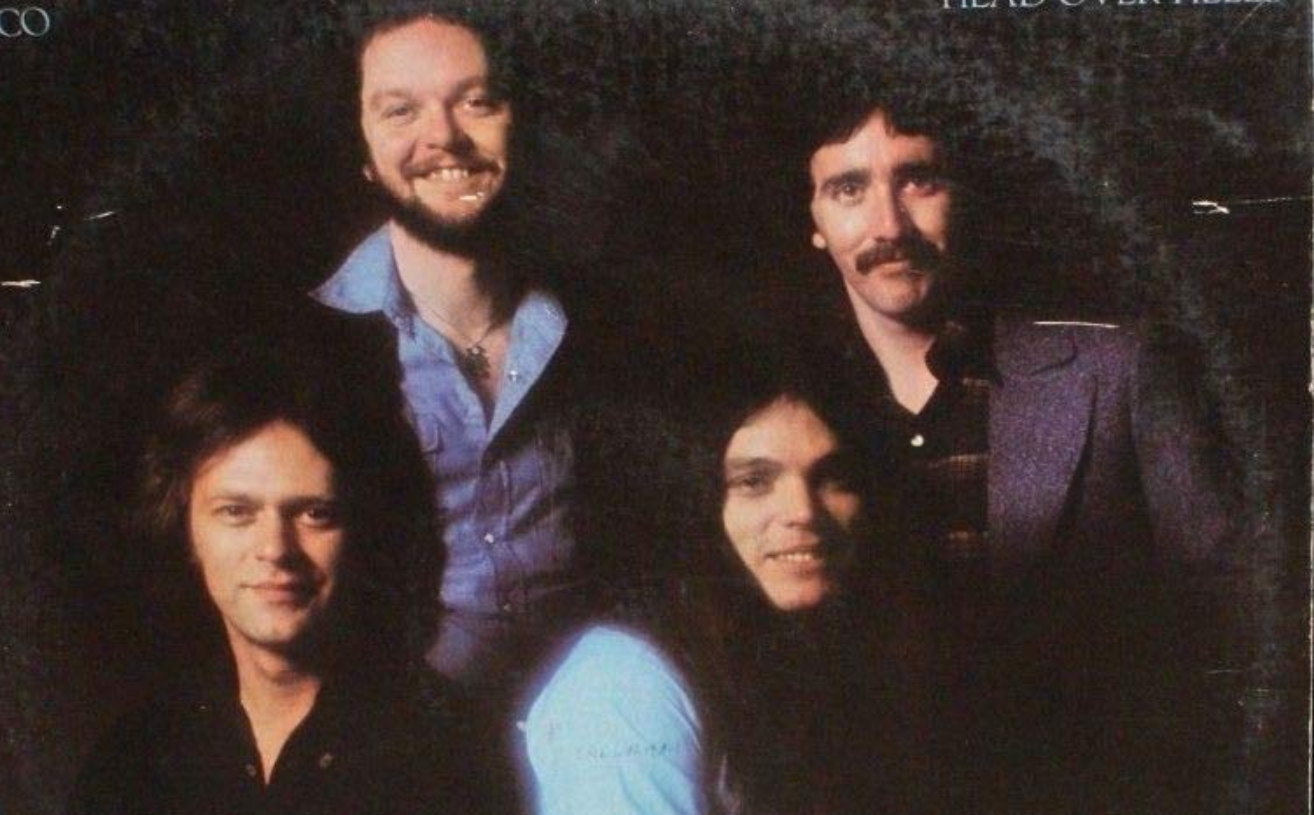
While Eagles soared to commercial heights, Poco pioneered country rock with purity that never compromised for radio play. Their eight seventies albums documented a band committed to exploring folk, country, and rock intersections with genuine respect for each tradition. “Crazy Love” became their biggest hit in 1978, demonstrating their ability to craft accessible music without abandoning their core sound.
Poco’s influence on Americana and alt-country cannot be overstated. Their approach to blending genres established templates that bands still follow, proving that artistic integrity and commercial appeal can coexist successfully.
6. Budgie
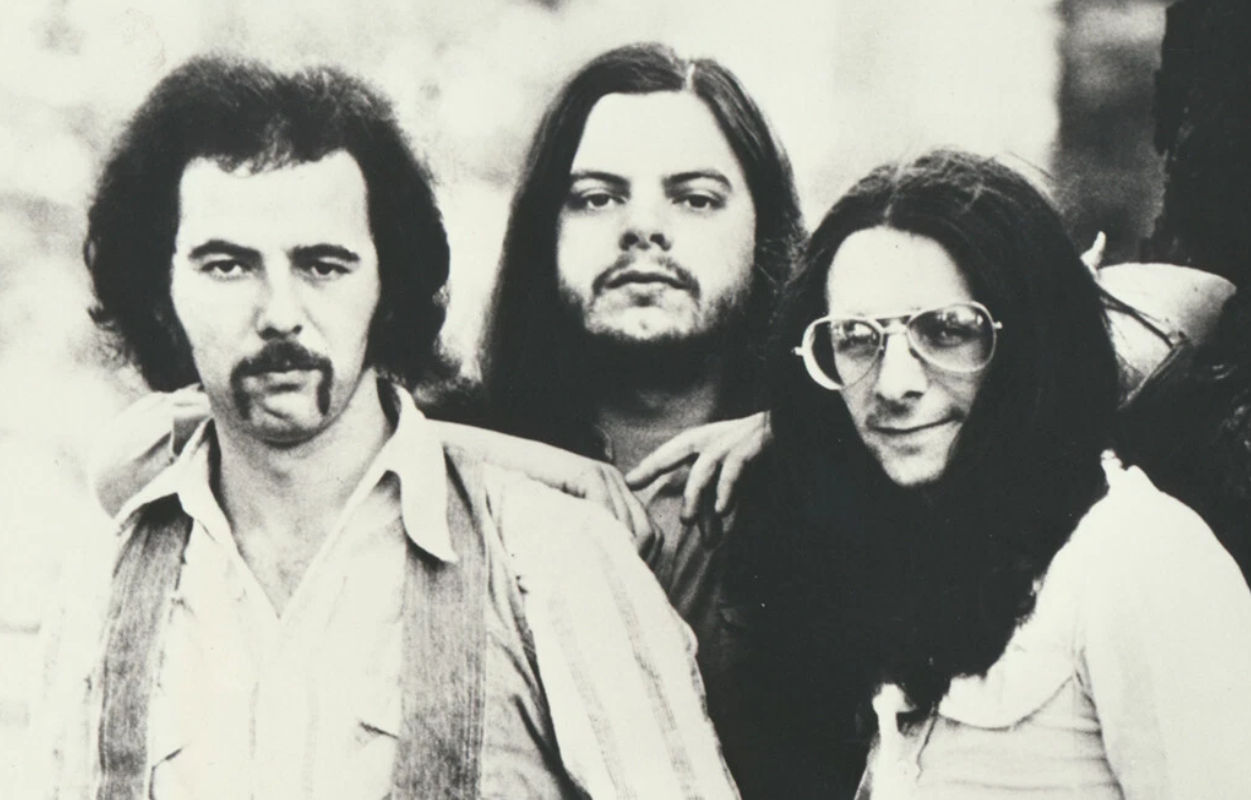
Welsh heavy metal pioneers whose riffs provided building blocks for the entire genre’s future development. Metallica‘s covers of “Breadfan” and “Crash Course in Brain Surgery” introduced new generations to Budgie’s crushing approach to songwriting, while their seven seventies albums established heavy metal’s fundamental vocabulary. Their rhythm section locked into grooves that let guitar work soar without losing bottom-end power.
European metal scenes embraced Budgie’s influence early, creating ripple effects that shaped countless bands who followed. Their legacy lives in every power chord and double-bass drum pattern that defines modern metal.
5. The Dead Boys
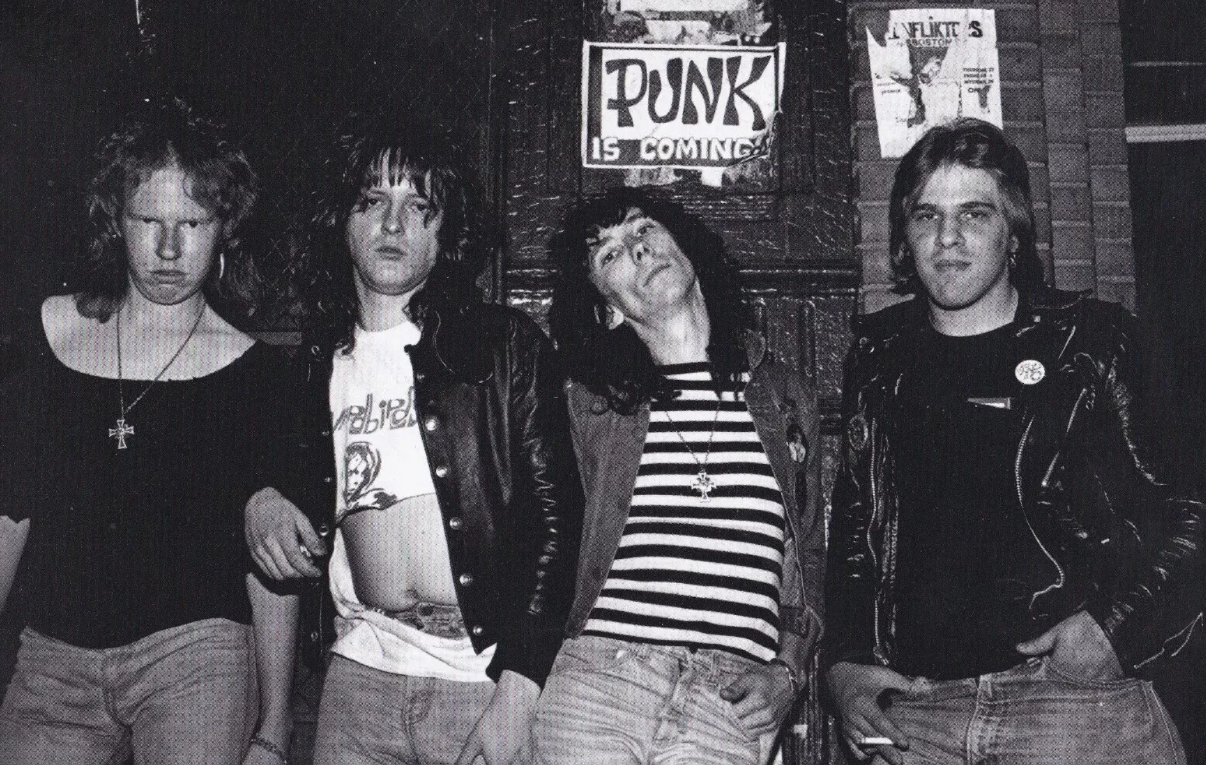
Stiv Bators fronted punk rock chaos that made other bands sound polite by comparison. “Young Loud and Snotty” delivered exactly what its title promised — raw energy that couldn’t be contained by studio production tricks or industry expectations. “Sonic Reducer” remains a punk anthem that captures the movement’s essential spirit better than most bands managed across entire careers.
Their aggressive approach influenced hardcore punk’s development while proving that authenticity matters more than technical perfection. The Dead Boys chose chaos over polish and created music that still sounds dangerous decades later.
4. Rose Royce
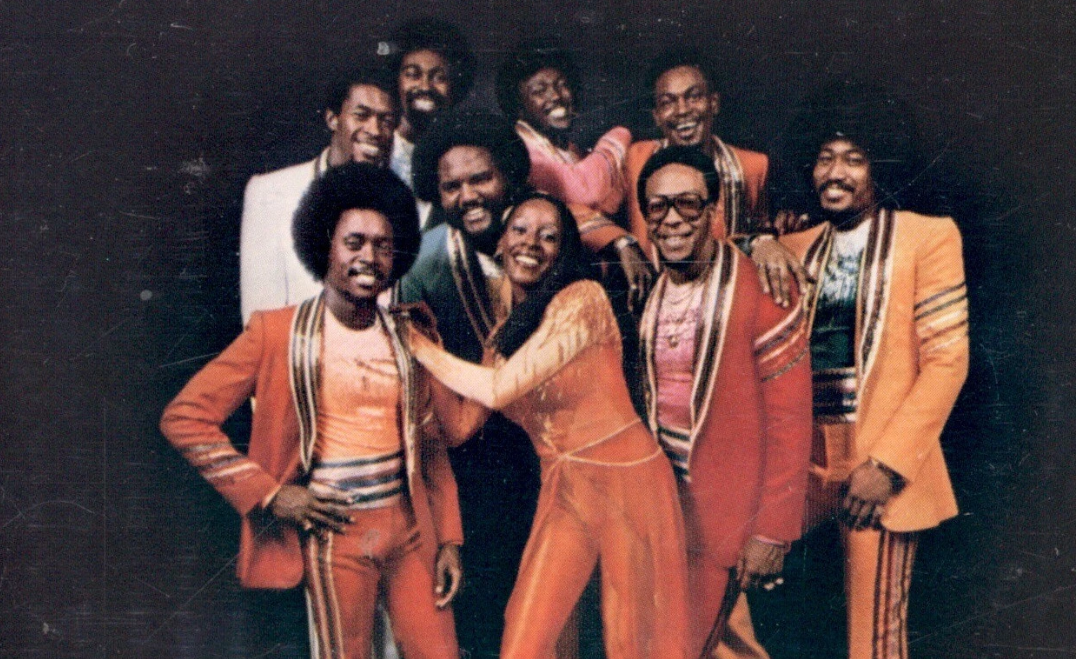
Disco’s sophistication reached its peak when Rose Royce crafted “Car Wash,” a funk masterpiece that dominated charts while maintaining artistic credibility. Their ability to balance disco grooves with ballad sensibilities on tracks like “I Wanna Get Next to You” demonstrated range that few dance acts possessed. Los Angeles soul met dancefloor innovation in their hands. More on their legacy can be found in Rose Royce’s official biography.
Their Top 10 success in both US and UK markets proved that great disco could cross cultural boundaries. Rose Royce’s legacy lives in every modern artist who understands that dance music can carry emotional weight without losing its essential groove.
3. The Runaways
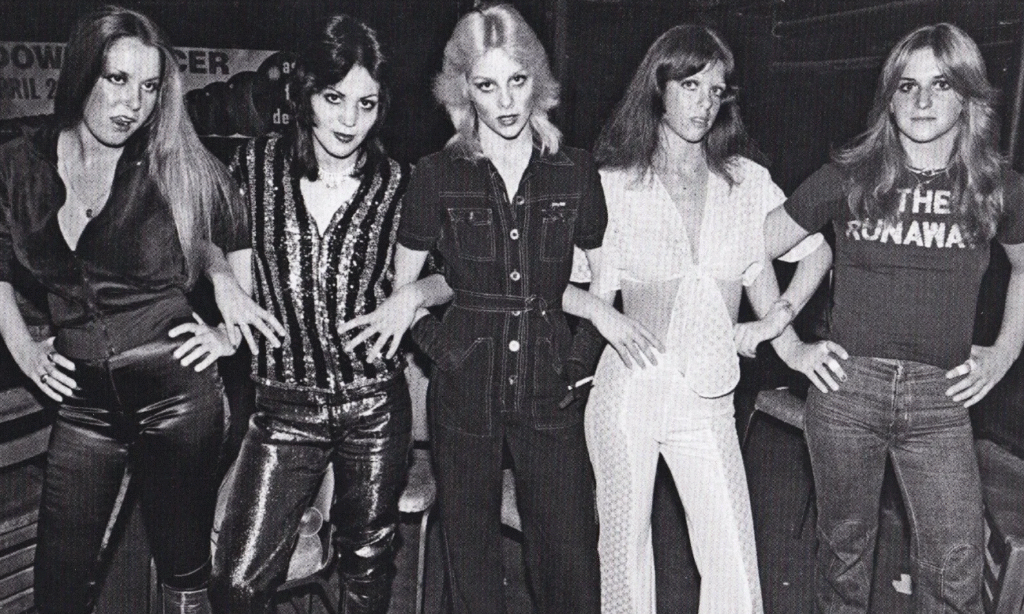
Five teenagers destroyed rock and roll’s gender barriers with attitude that couldn’t be manufactured or faked. Joan Jett and Lita Ford launched careers that would define women’s roles in hard rock, while “Cherry Bomb” became an anthem that still sounds revolutionary today. Their four albums in two years documented a band moving at lightspeed through their creative development. See Joan Jett’s official site for more on their legacy.
Japan embraced The Runaways as cultural phenomena, proving their influence extended far beyond American borders. They rewrote rock’s rules by refusing to acknowledge that any rules existed in the first place.
2. The Sylvers

Nine siblings from Watts created harmonies that most professional groups spend years trying to achieve. “Boogie Fever” hit the Billboard Hot 100 in 1976, showcasing their ability to craft irresistible dance tracks that maintained family-friendly appeal without sacrificing groove. Managing that many personalities required organizational skills that would challenge any record label. Their chart-topping “Boogie Fever” marked a high point in 1976.
Their eight albums between 1972 and 1979 documented a family navigating success together. The Sylvers proved that blood harmonies carry emotional weight that can’t be replicated through studio magic or vocal coaching.
1. Wishbone Ash
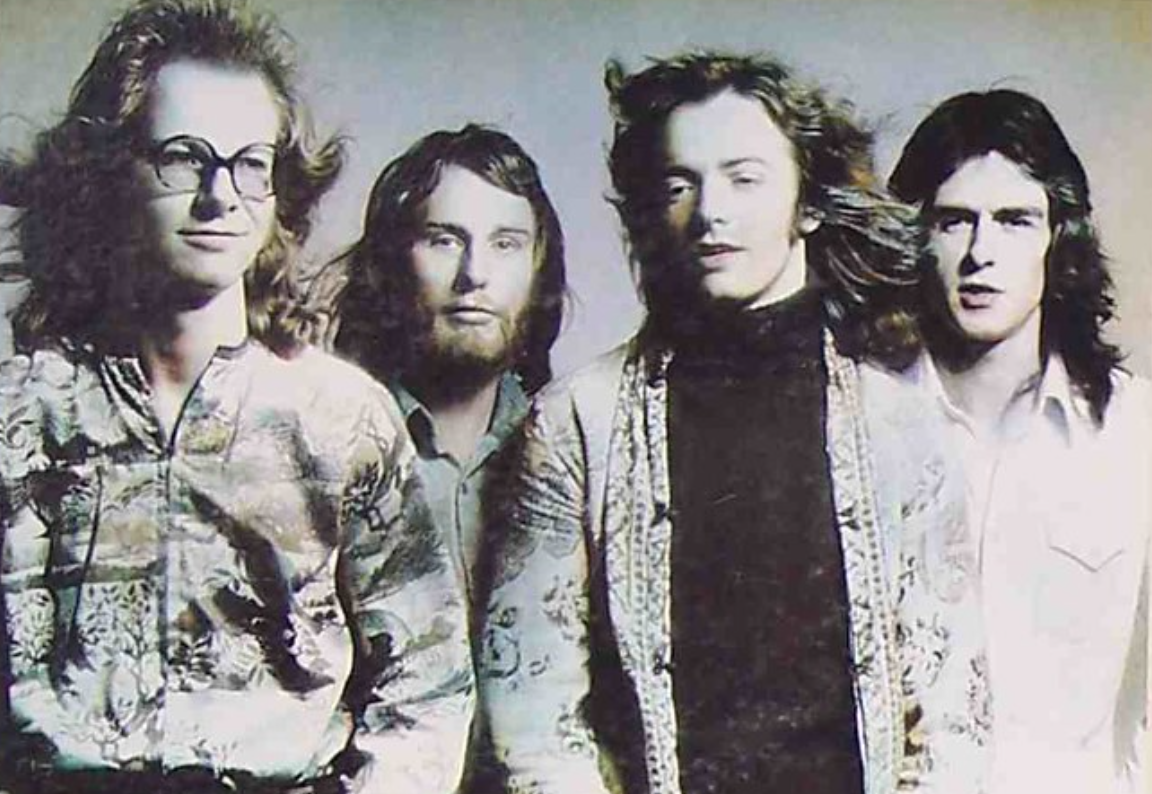
Stiv Bators fronted punk rock chaos that made other bands sound polite by comparison. “Young Loud and Snotty” delivered exactly what its title promised — raw energy that couldn’t be contained by studio production tricks or industry expectations. “Sonic Reducer” remains a punk anthem that captures the movement’s essential spirit better than most bands managed across entire careers.
Their aggressive approach influenced hardcore punk’s development while proving that authenticity matters more than technical perfection. The Dead Boys chose chaos over polish and created music that still sounds dangerous decades later.




